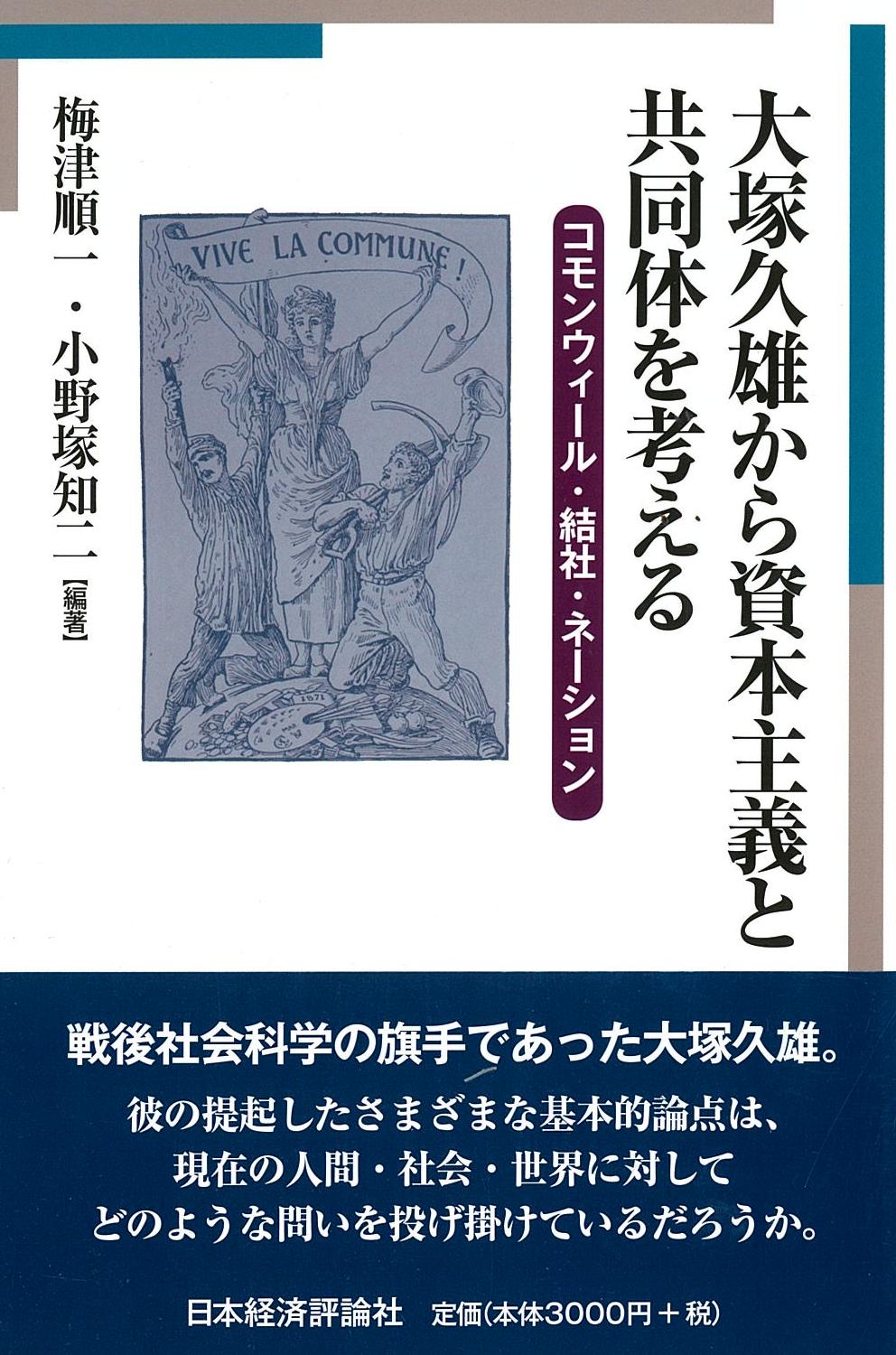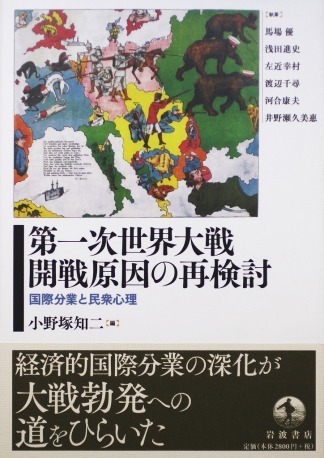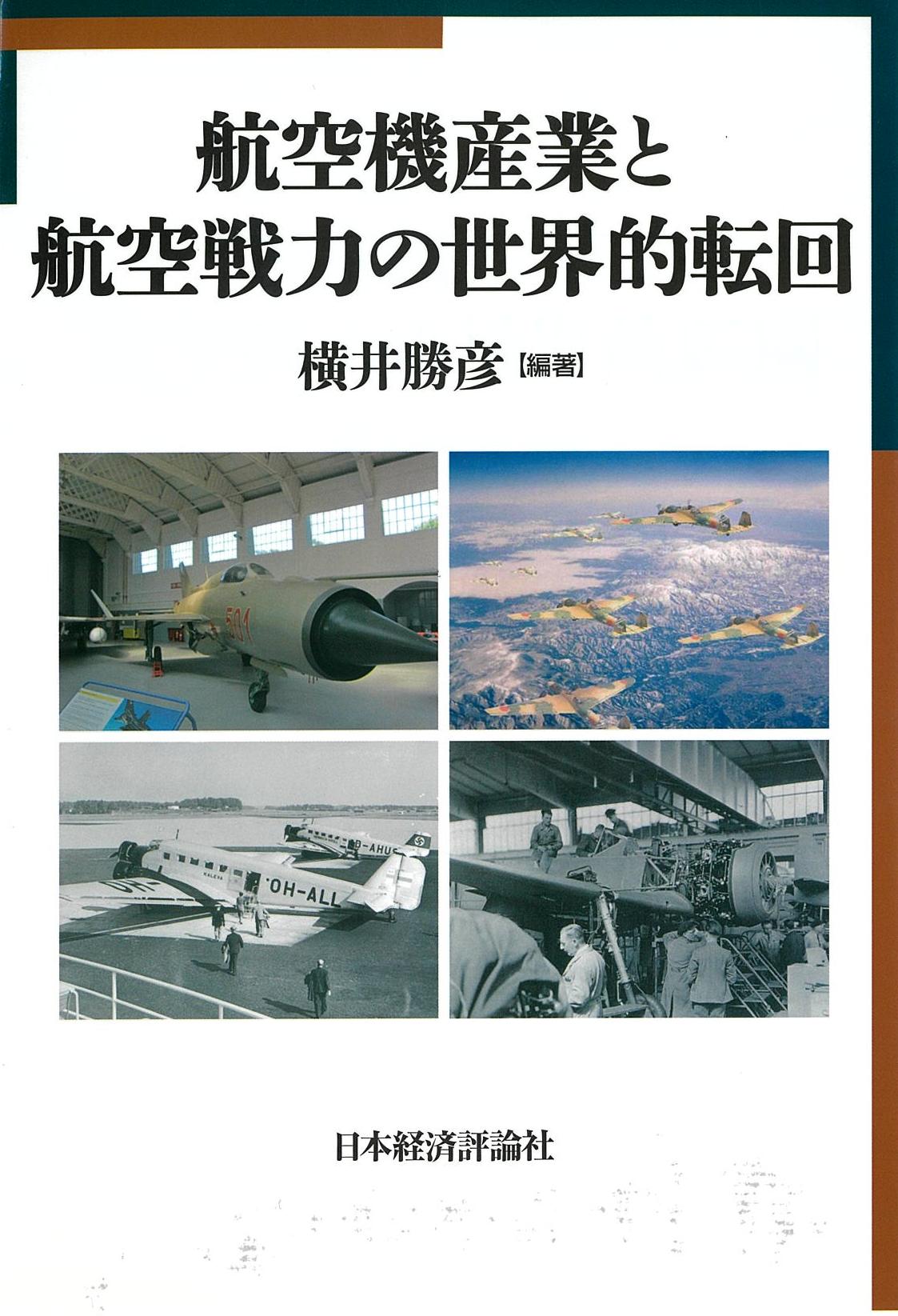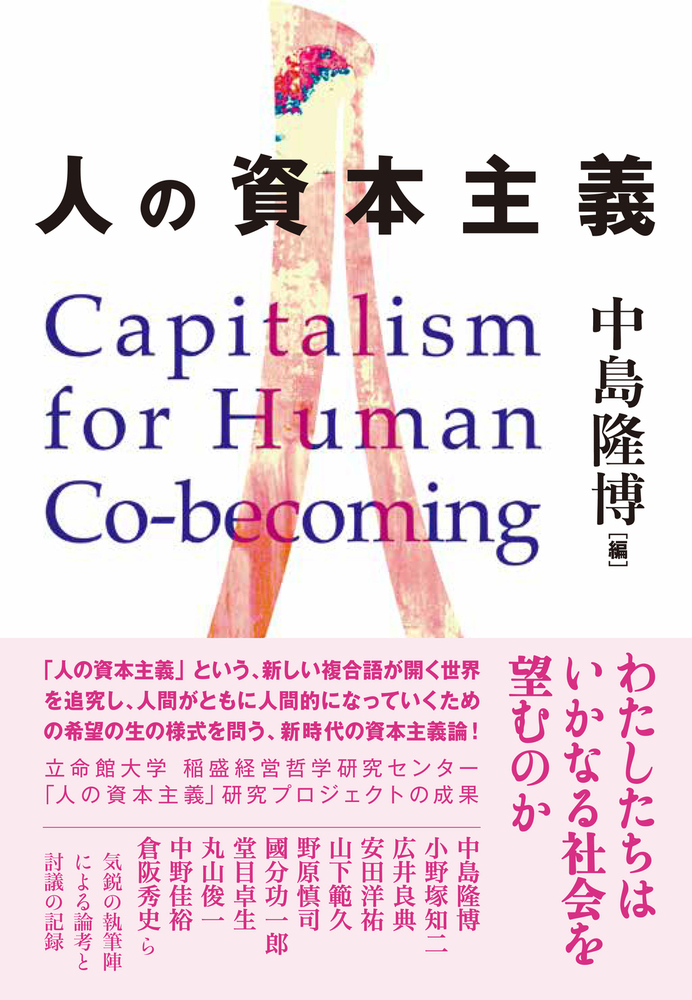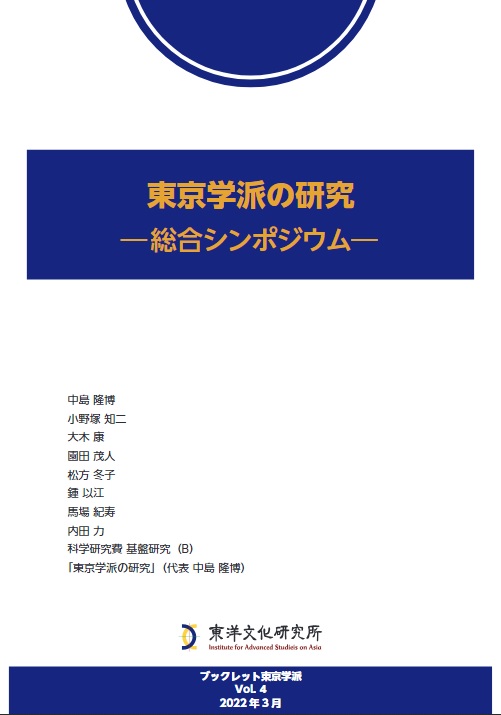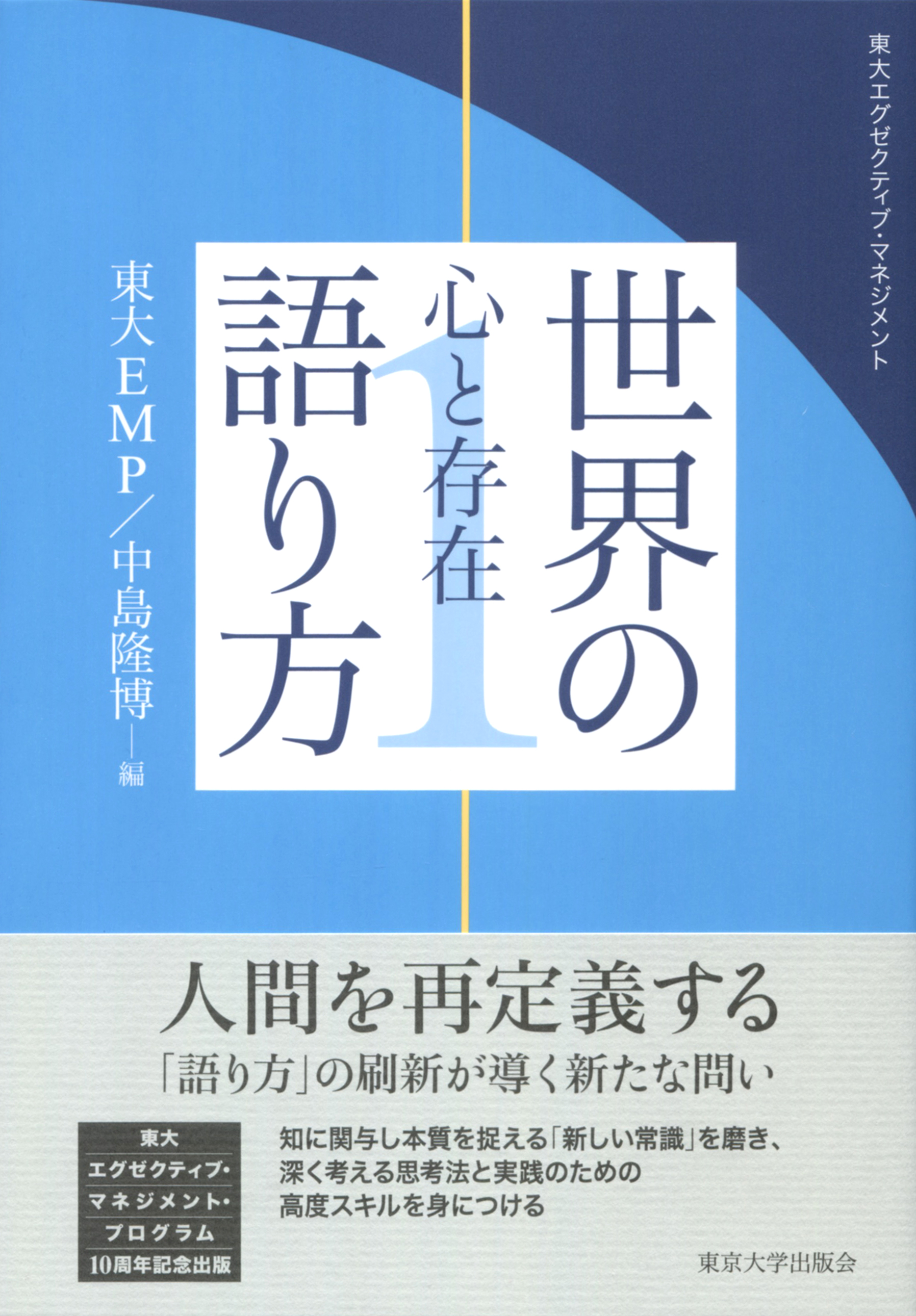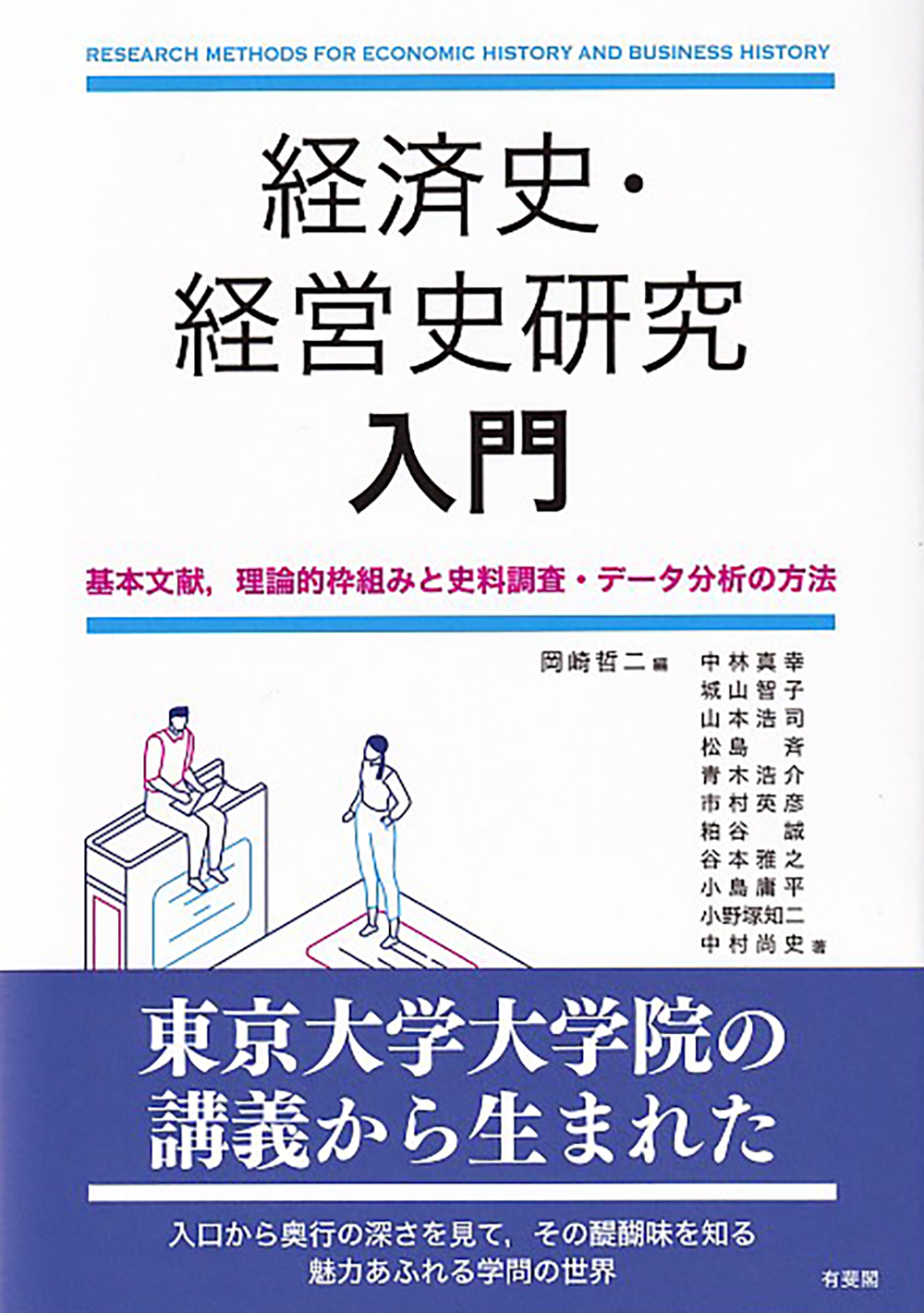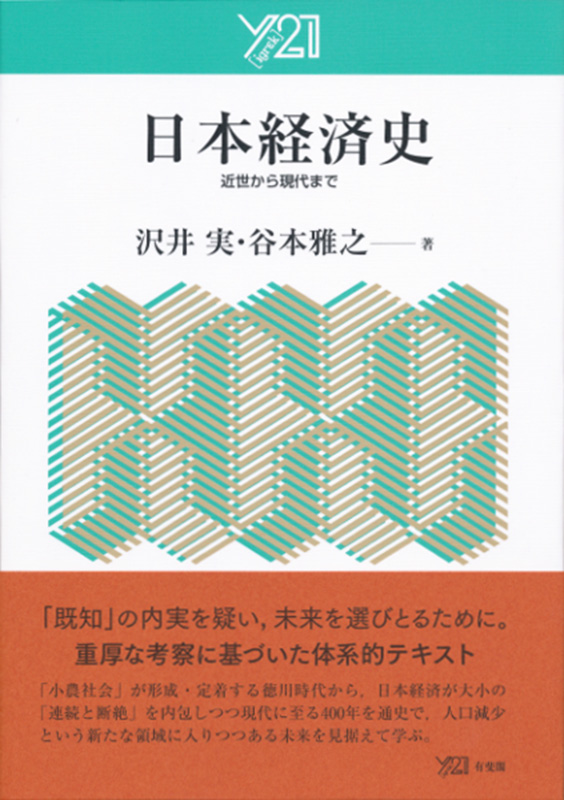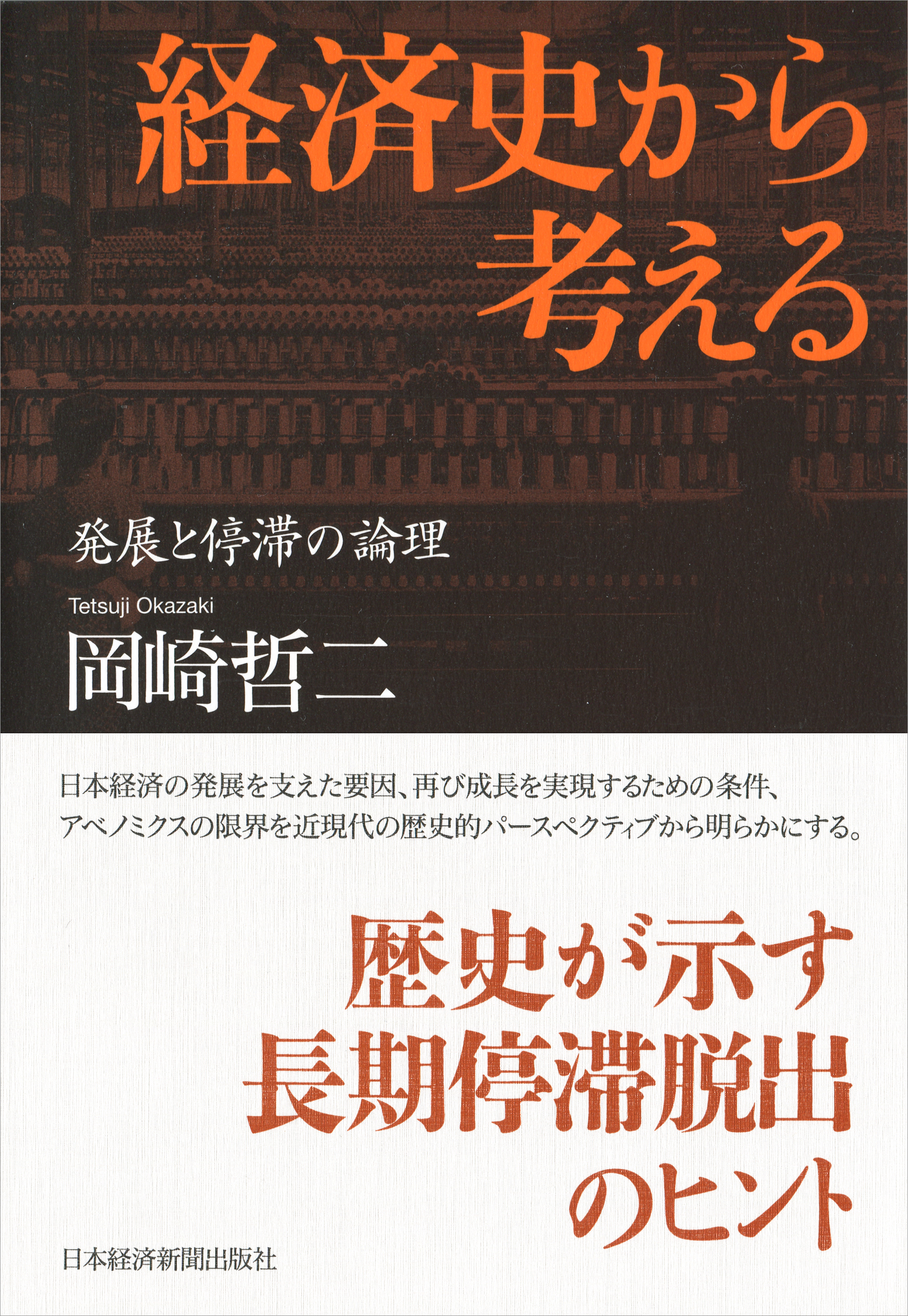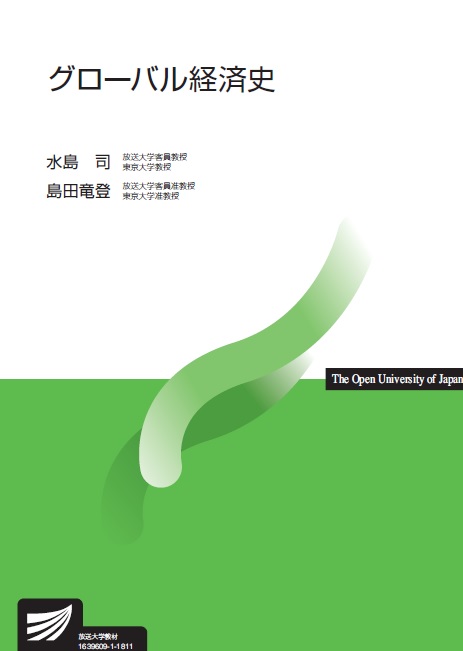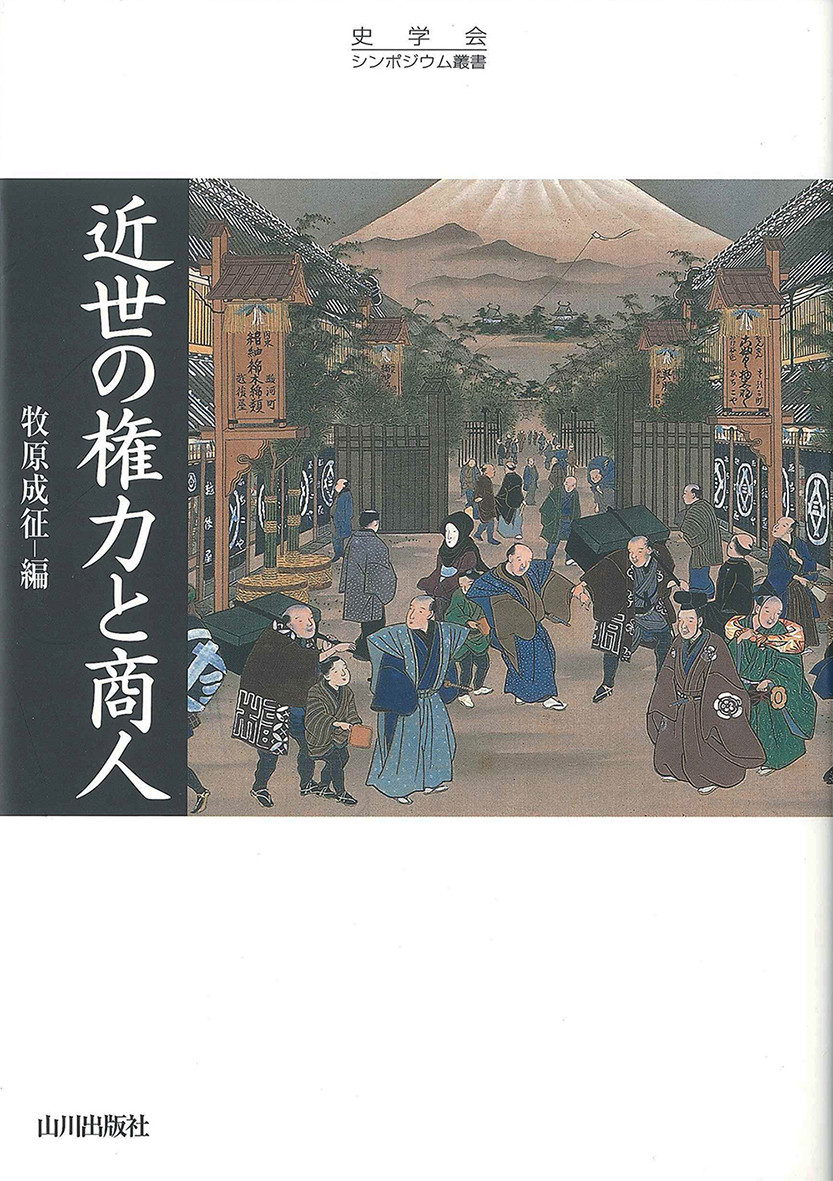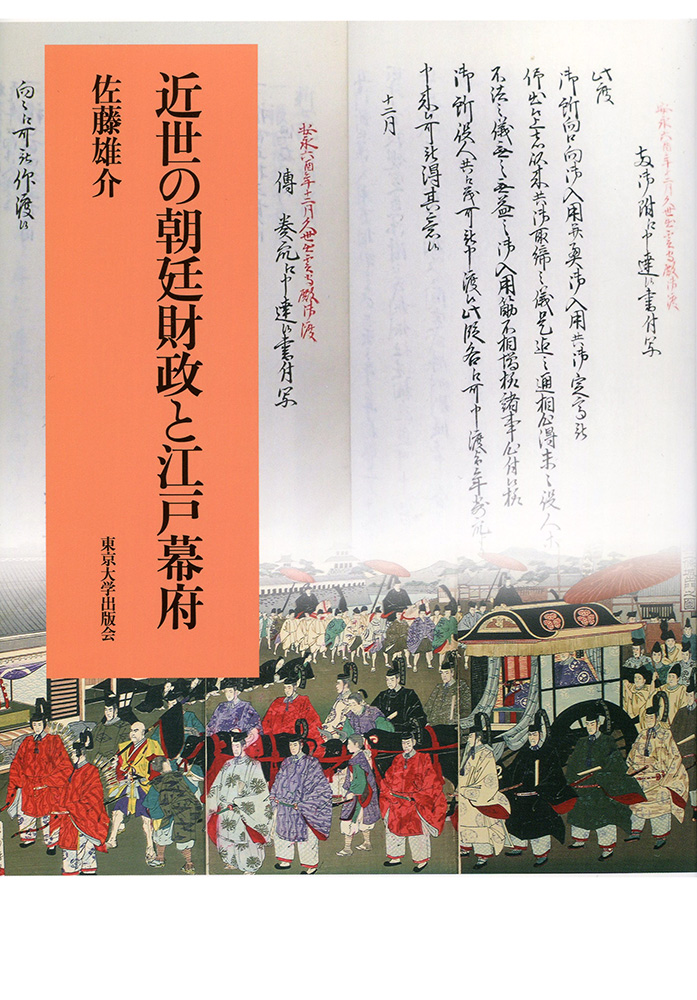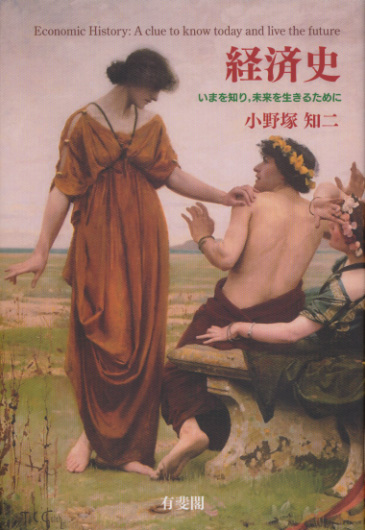
Title
Keizai-shi (Economic History – A clue to know today and live the future)
Size
598 pages, 127x188mm, softcover
Language
Japanese
Released
February, 2018
ISBN
978-4-641-16515-1
Published by
Yuhikaku Publishing
Book Info
See Book Availability at Library
Japanese Page
This book first poses three questions: (1) Why does the economy grow? (2) How has humankind survived over a hundred thousand years? (3) How has the economy actually grown? Understanding the state of affairs now (the present) by exploring these three questions is the first purpose of this book. Second, this book seeks to define as concisely as possible not only economic terms such as the division of labor, markets, and currencies but also basic concepts common to the liberal arts and social sciences, such as power, authority, culture, and community.
There are some who believe that just knowing contemporary history is sufficient for understanding the present and conceiving the future. However, many important clues lie in premodern societies for understanding today. In general, economic history books begin with the Industry Revolution. This book, however, begins earlier with the premodern and early modern periods, which take up 12 of 24 total chapters. By tracing premodern and early modern economic history, we can understand economies, societies, and norms different from today.
In the premodern era, a “norm of wealth” was incorporated into social norms and suppressed economic growth. Wealth was wastefully and prodigally consumed, so output in the next term did not increase. There were premodern societies that produced temporary economic growth by logging large amounts of timber for civil engineering, construction, and shipbuilding and used the deforested areas for farmlands and pastures. However, these societies all collapsed as a result of climate change, droughts, or floods after depleting their forest resources, the source of their timber supply. The norm of not entirely deforesting underlay the sustainability of premodern society.
Nevertheless, much of humankind transitioned from hunting-and-gathering economy to agricultural economy. Technology also changed slowly to produce tools and equipment—from bare hands to clubs, clubs to stone and metal implements, and implements to complex machinery. Productivity correspondingly grew. Human beings have an unlimited appetite for more than just their present physiological needs. Satisfying such desires was the driving force for slow but steady productivity and economic growth in the premodern period. That said, premodern societies strictly regulated desires so that communality would not be destroyed by the rise in productivity and economic growth.
Such regulation of desires began to crumble during the early modern era (in Europe, from the Renaissance and Reformation until the Industrial Revolution; in Japan, from the Sengoku period until the Edo era). It no longer became sinful to live in accordance with one’s own desires. Yet, because the social norm that made wealth accumulation a vice in the premodern period was perpetuated in the early modern era, moralistically it was a time of a double standard. The characteristics of the double standard could be immediately seen by reading works written in the early modern period, such as The Merchant of Venice, Mito komon manyuki, and Tsuru no ongaeshi, through the lens of economic history.
Also, because early modern technology was an extension of the premodern period’s handicraft tool technology, even if the desires of human beings were unfettered, technological conditions were not sufficient for completely satisfying them.
After a period of slow and imperceptible economic growth during the premodern era and modest economic growth in the early modern period, the Industrial Revolution achieved technological conditions that made it possible to experience rapid economic growth during a lifetime. This transformation in technology can be separated into three aspects: the shift from tools to machinery, the energy revolution (the introduction of the heat engine), and the materials revolution (shift from timber to iron and steel as the main raw material for civil engineering and shipbuilding, and the change from charcoal to coal as the raw material for smelting iron). Because it is now possible to procure the necessary energy without relying on thermal power generation or nuclear power today, we have arrived at a point where we can graduate from the energy revolution. On the other hand, we have yet to forge a path that does not depend on iron and steel as the raw materials for civil engineering, construction, shipbuilding, and various types of machinery, nor on fossil fuels as the raw materials for refining other raw materials and for synthetic fertilizers and pesticides. In this sense, not only the modern period (the nineteenth century after the Industrial Resolution) but also the contemporary period (twentieth century) is an extension of modern industrial civilization, which depends on the past accumulations of nature.
The contemporary period differs from the modern period in artificially sustaining both human beings’ unlimited desires and the interdependencies of international economics.
So, are modern and contemporary industrial civilization, market economy, and capitalism stable? We face environmental issues such as global warming with greater urgency than the depletion of fossil fuels, and we require solutions. Also, human desires are not resolutely constant. Desires themselves are weakening and shrinking. At the end of this volume, the author establishes entryways into exploring A) whether the economy can continue to grow or whether capitalism without growth is possible, and B) whether the civilization that humankind has achieved can be sustained, and presents several conditions for answering these questions. The key lies in nonmaterial growth that stands apart from the production and export of goods. Moreover, aesthetic and physical values make this possible.
This book, intentionally free from the implicit “common sense” of economics and historical studies, provides materials for rethinking the past and conceiving the future of human beings, society, and nature.
(Written by Tomoji Onozuka, Professor, Graduate School of Economics / 2019)



 Find a book
Find a book


 eBook
eBook